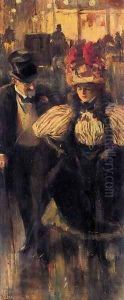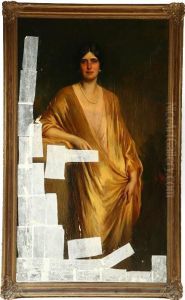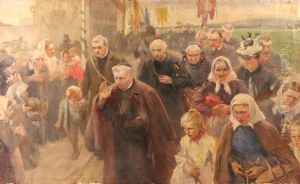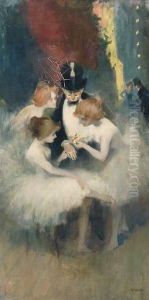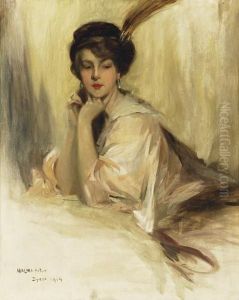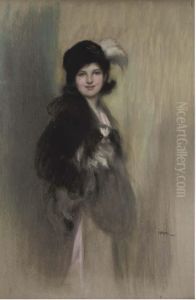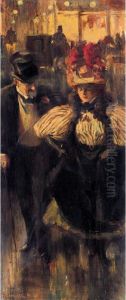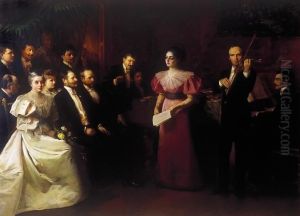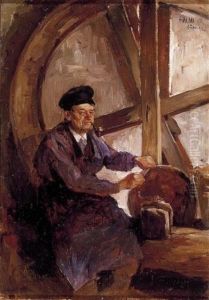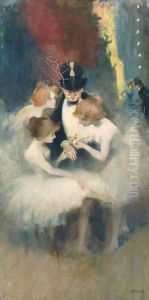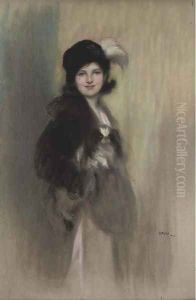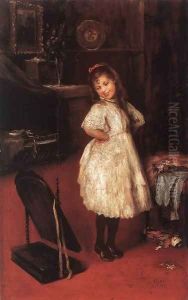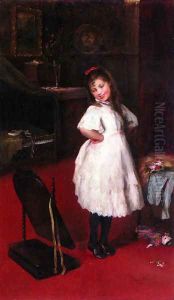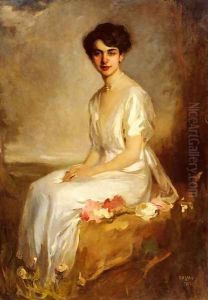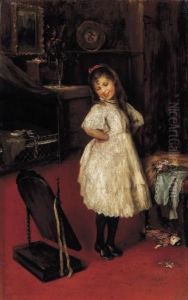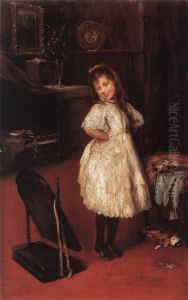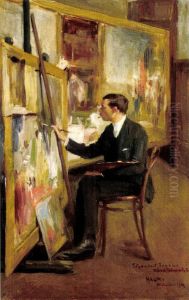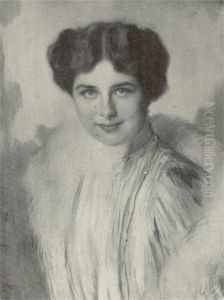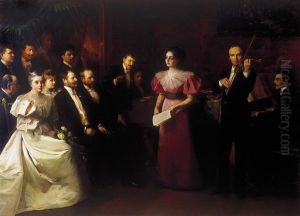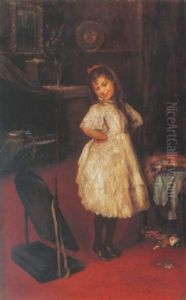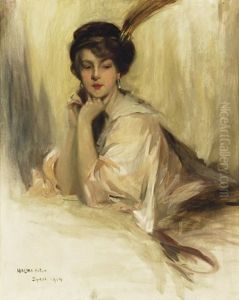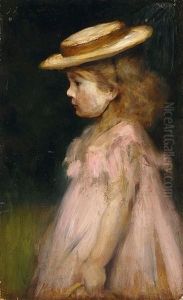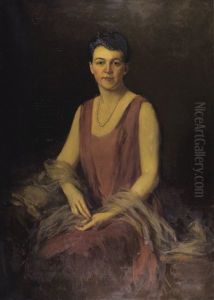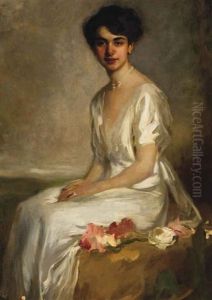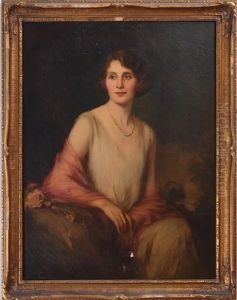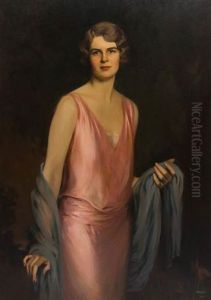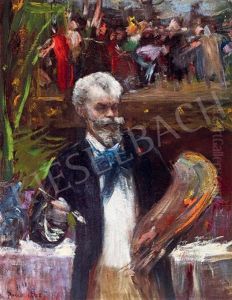Artur Lajos Halmi Paintings
Artur Lajos Halmi was a Hungarian painter, known for his distinct contribution to early 20th-century European art. Born in 1889 in Hungary, Halmi demonstrated a keen interest in the arts from a young age. He pursued his artistic education at various prestigious institutions, which played a significant role in shaping his early career. Halmi's work is often characterized by its exploration of light and shadow, as well as a profound interest in capturing the human condition.
Throughout his career, Halmi was deeply influenced by the shifting art movements of his time, including Impressionism and Post-Impressionism, though he developed a unique style that defied easy categorization. His paintings frequently depicted scenes from everyday life, landscapes, and portraits, imbued with a sense of emotion and psychological depth that distinguished his work from that of his contemporaries.
Despite facing the challenges posed by the two World Wars and the interwar period, Halmi continued to produce art that resonated with both Hungarian and international audiences. His dedication to his craft led to several exhibitions throughout Europe, where his work was both critically acclaimed and commercially successful.
After the Second World War, the political and social changes in Eastern Europe had a profound impact on Halmi's life and work. The rise of communist regimes in the region led to a more restrictive environment for artists, which influenced Halmi's artistic output and themes during his later years.
Artur Lajos Halmi passed away in 1951, leaving behind a rich legacy of artistic achievement that continues to be celebrated. His paintings are held in numerous public and private collections around the world, testament to his enduring influence on the art world. Halmi's life and work remain a subject of study for art historians and a source of inspiration for artists, reflecting the complexities and challenges of the 20th-century European art scene.
